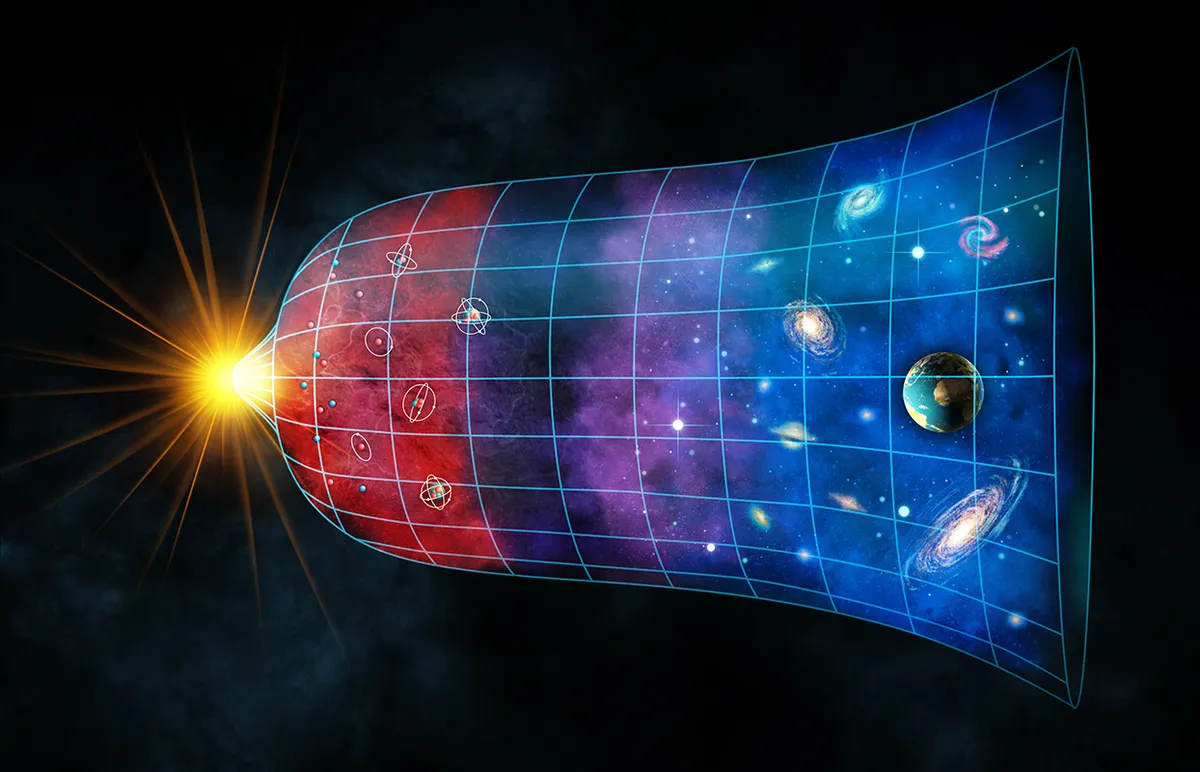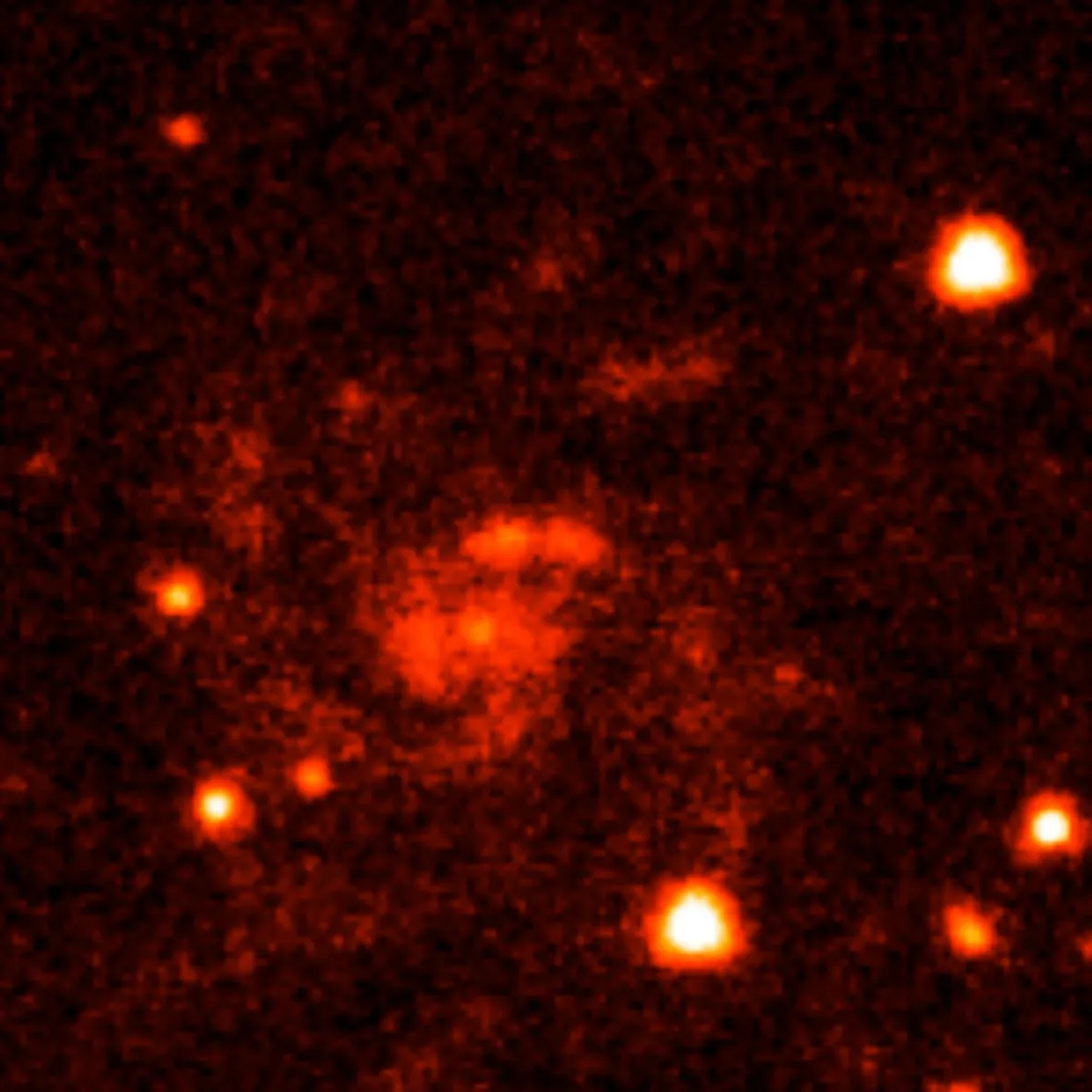My research mainly focuses on transient phenomena that come and go, particularly extremely powerful explosions known as gamma-ray bursts (GRBs).
Some of these are produced by the deaths of massive stars, while others are from the mergers of binary neutron stars.
As my work deals with cosmic explosions, the early Universe, black holes and the Big Bang, I'm often asked a lot of questions by people who want to know more about these incredible phenomena.
The five questions I’m always asked about my research are:
Where did the Big Bang occur?
The surprising thing we find, looking far across the Universe, is we essentially see a similar distribution
of galaxies in every direction.
There’s no special place that could represent the centre of the Universe.
In fact, this is built into the foundations of the Big Bang theory, which starts by assuming a symmetrical Universe.
It also assumes it is infinite, meaning there is no centre and every point has essentially the same experience.
The Big Bang isn’t an explosion in space, but more an explosion of space.

Do galaxies move faster than the speed of light?
It depends on how one defines distance and time.
It is true that under certain ways of looking at distance, faraway galaxies are receding from us faster than the speed of light, breaking the cosmic speed limit.
But if we regard that as the space between us and the distant galaxy expanding faster than the speed of light, then nothing is moving faster than the speed limit relative to other matter in its vicinity.
How do we see gamma-ray bursts from 13 billion years ago? Wouldn’t their light have passed us by now?
It’s a very good question and one of those aspects of the Big Bang theory that challenges our intuition.
We already said the space between us and distant galaxies is expanding, so the light from them is continually playing catch-up in its journey from there to here.
This means that some of the light is only just reaching us, and we see distant objects as they were in early times in the Universe.

If the creation of black holes creates GRBs, shouldn’t everything fall in the black hole?
When a large enough star collapses, it is initially just the central core that forms the black hole.
The hole is only a few miles across (compared to millions of miles for the star).
Gravity will cause material to fall into it, but the star’s rotation will initially cause it to miss and be drawn into a disc around it.
In the process, the potential energy of the matter gets transformed into heat, rotational velocity, magnetic energy and so on.
The surprising thing is that a fair fraction of this energy goes into powering very fast-moving jets or beams of outflowing plasma, and it is these that create gamma-ray bursts.
Exactly how this occurs is still being researched, but it’s probably the result of the star’s magnetic field being wound up like a rubber band, throwing out matter when it unwinds.

Could GRBs be a threat to Earth?
GRBs are so powerful they could pose a threat to life on Earth if one occurred in the Milky Way.
Fortunately they are very rare, even rarer in galaxies like ours.
In practice they’re not a great risk, but it’s still important that we improve our understanding of them, to identify potentially threatening systems nearby.
Do you have any questions about the Universe? Email us at contactus@skyatnightmagazine.com and they could be answered in a future issue.
This article appeared in the November 2022 issue of BBC Sky at Night Magazine

